Many recommendations for reforming police lineup procedures are intended to rule out alternative explanations for a witness identifying a suspect. One such recommendation is that lineups be conducted by an administrator who does not know which lineup member is the suspect (i.e., double-blind administration; Wells et al., 1998, 2020).. Police lineups are widely used despite evidence that eyewitnesses frequently err by failing to identify the culprit or mistakenly identifying innocent suspects or lineup fillers. We examine how police investigators, prosecutors, defense attorneys, and judges interpret the information witnesses provide when confronted with a traditional lineup and describe one alternative procedure that departs.
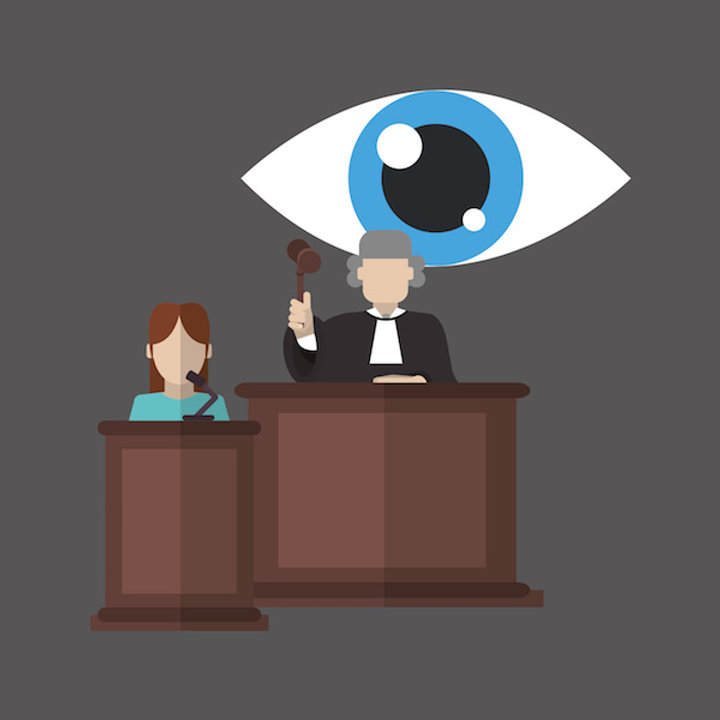
THE RELIABILITY OF EYE WITNESS TESTIMONY
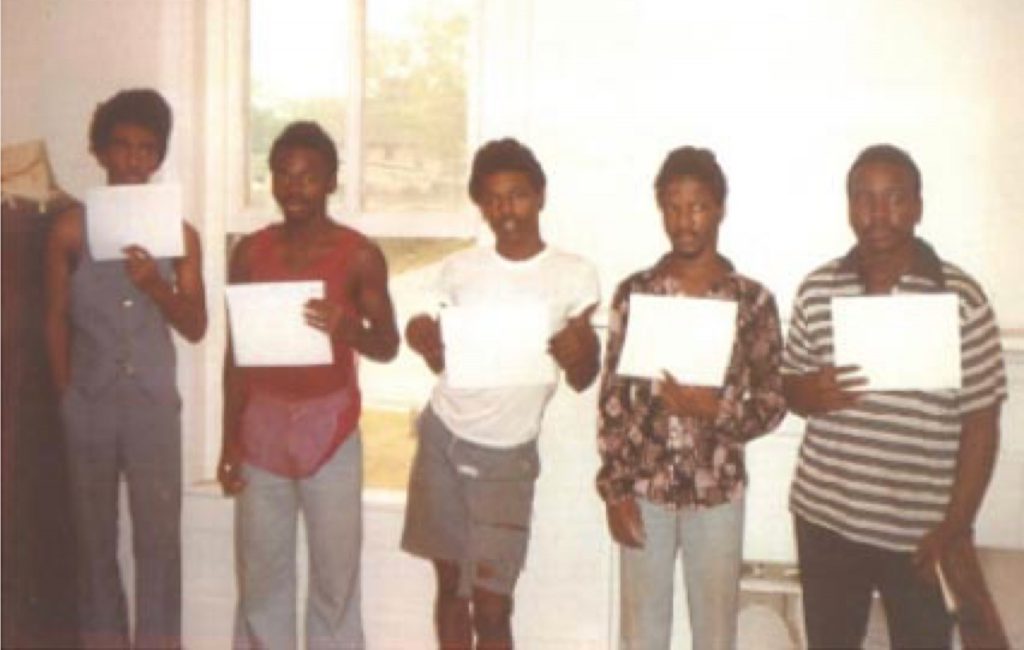
Eyewitness Identification Procedures New Directions in Eyewitness Evidence
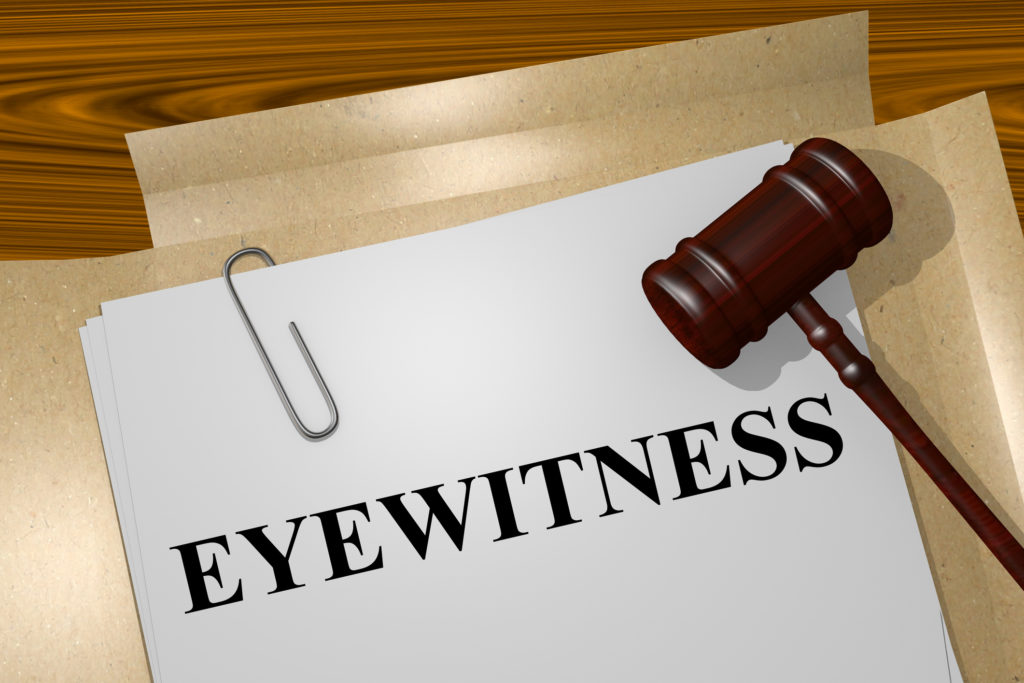
Eyewitness Testimony is Notoriously Unreliable Learn 5 Causes of Eyewitness Misidentification
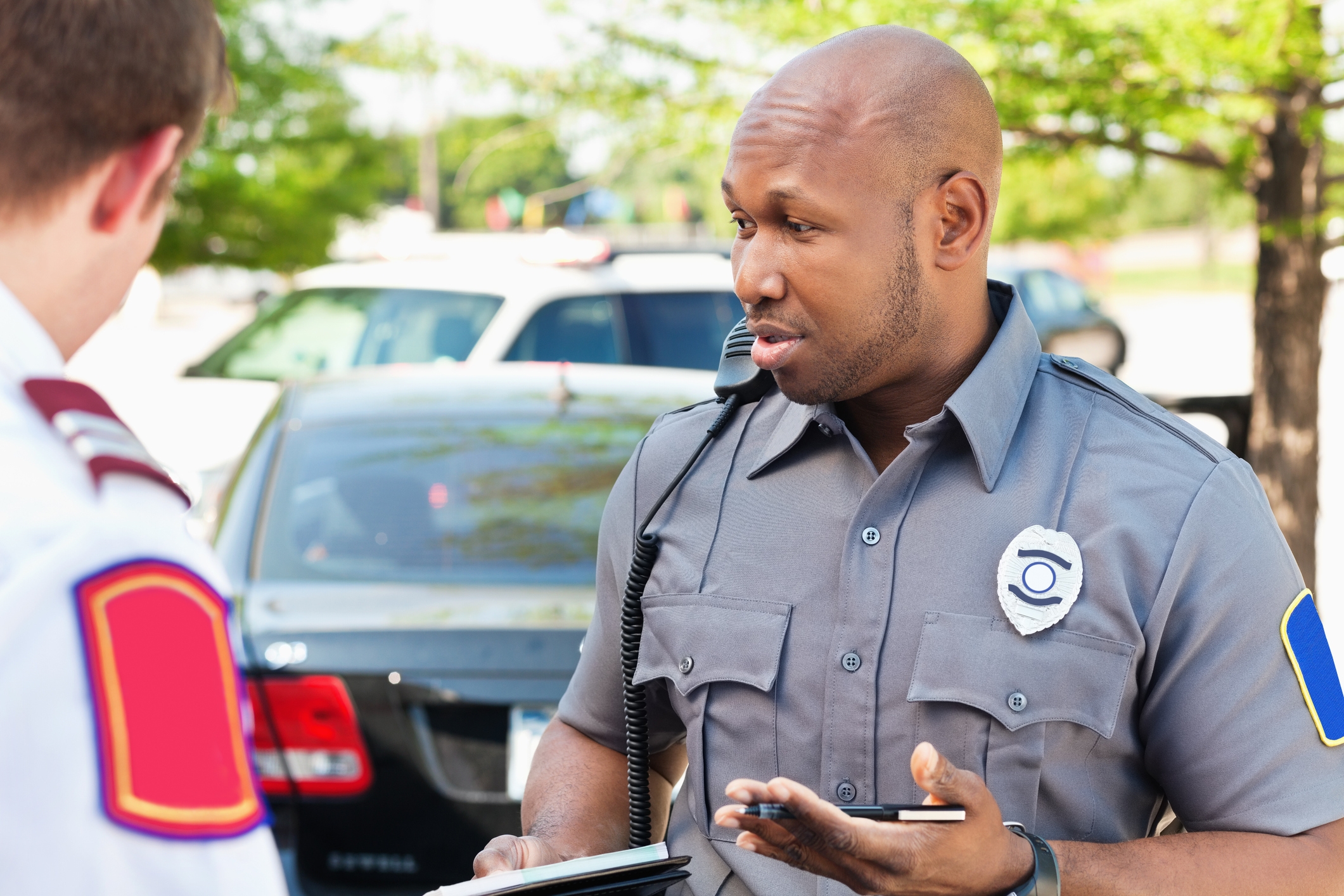
The science behind the fallibility of eyewitness testimony Blue Line

Prelineup Instructions Eyewitness Testimony Forensic Psychology YouTube
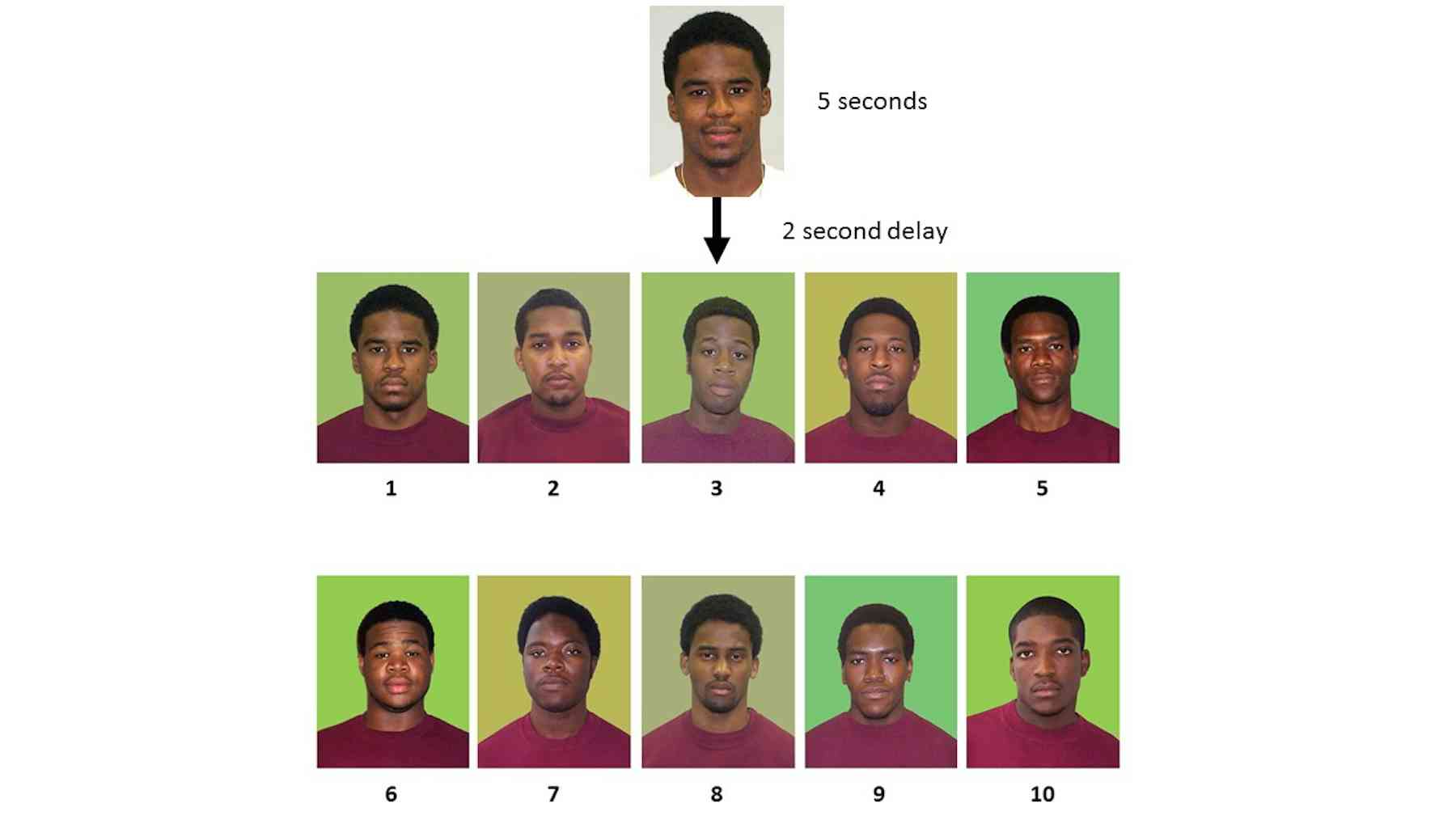
Police photo lineups how background colours can skew eye witness identification

Spotlight on police reform raises questions about lineups and eyewitness testimony YouTube
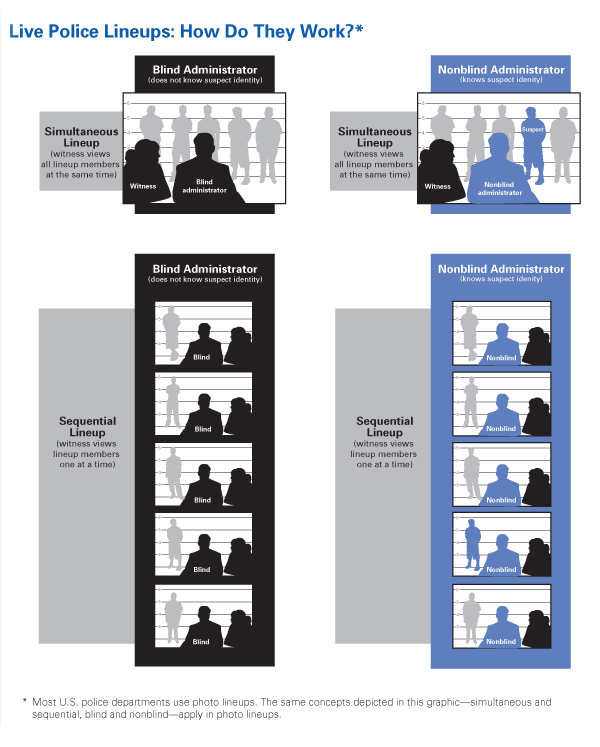
Archived Eyewitness Identification Simultaneous vs. Sequential Lineups National Institute

Eyewitness Testimony in Psychology

How reliable is eyewitness testimony? Minnesota Public Radio News
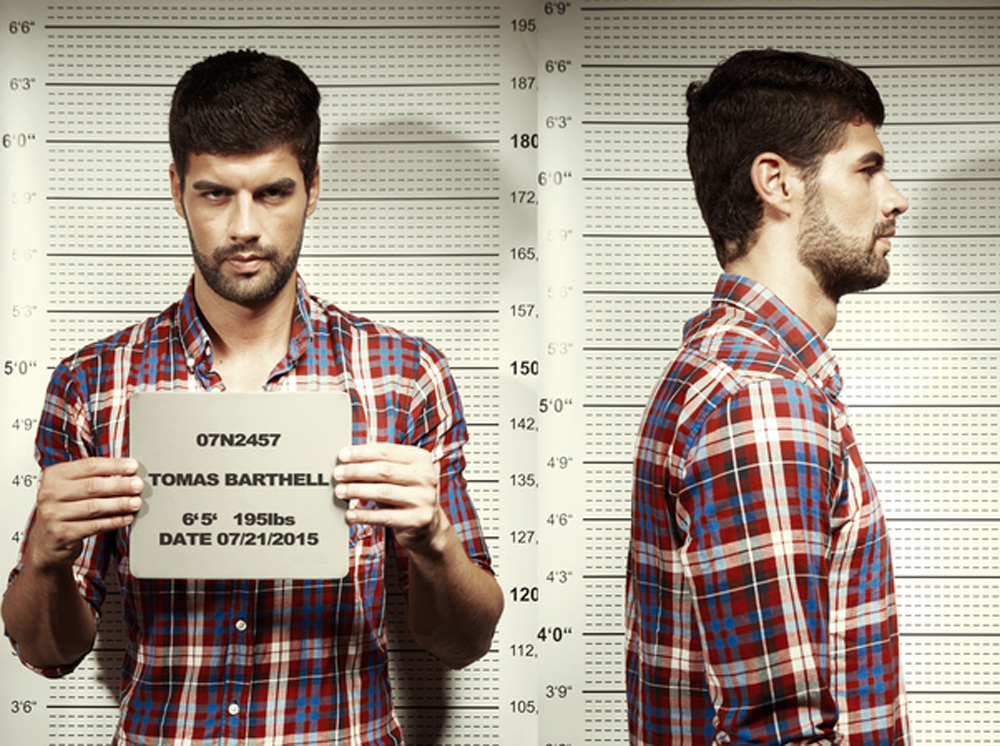
Police Lineups The Science of Getting It Right Discover Magazine
.jpg)
Sense of Smell to Identify Criminals Financial Tribune
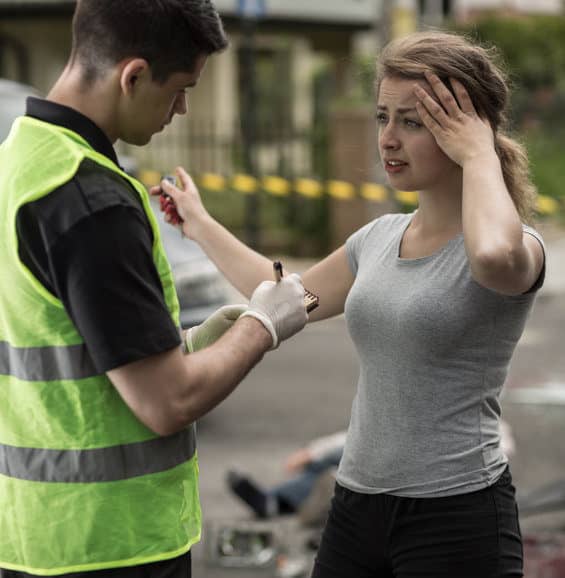
Eyewitness Testimony to Support Your Car Accident Claim
Spotlight on police reform raises questions about lineups and eyewitness testimony

New approach to police lineups measures strength of eyewitness memory

What makes eyewitness testimony important? YouTube

Photo ID Are police lineups reliable? Video on

Spotlight on police reform raises questions about lineups and eyewitness testimony

California Law re Police Lineups
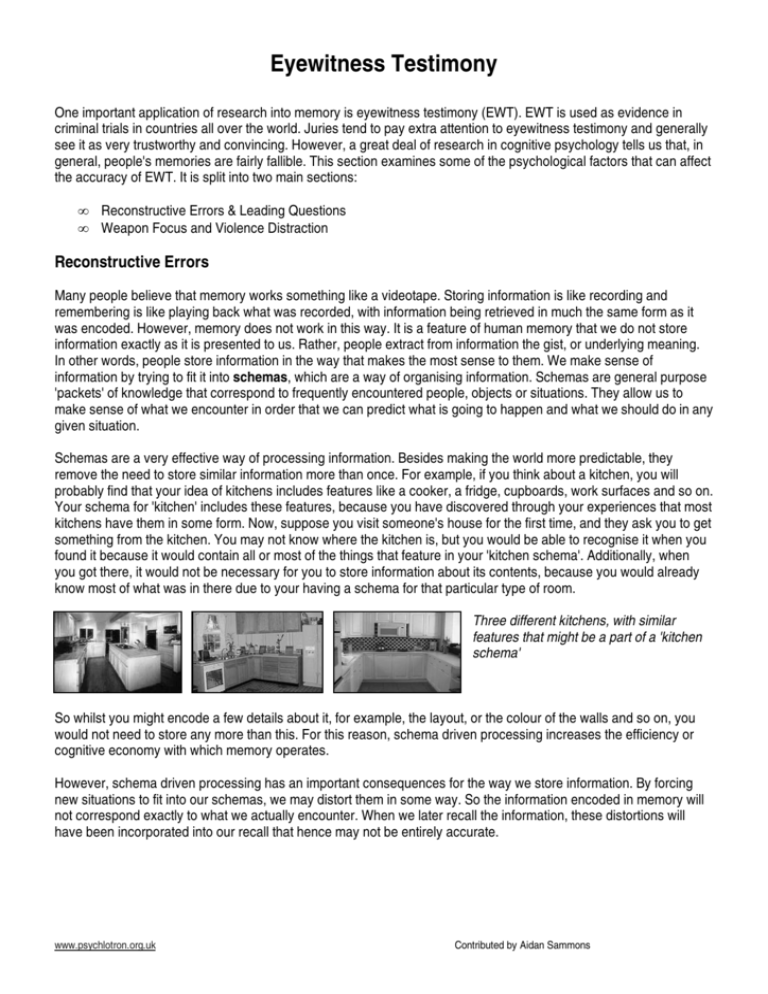
Eyewitness testimony article/factsheet
At the time an eyewitness makes an identification, a statement should be obtained from the eyewitness indicating how confident he or she is that the person identified is the offender. Of course, this assumes double-blind testing: The statement should be obtained by a lineup administrator who does not know which lineup member is the suspect.. Ensure that police put in writing why a suspect is believed to be guilty of a specific crime before placing him or her in a lineup. Use a lineup with several people instead of what is known as a.